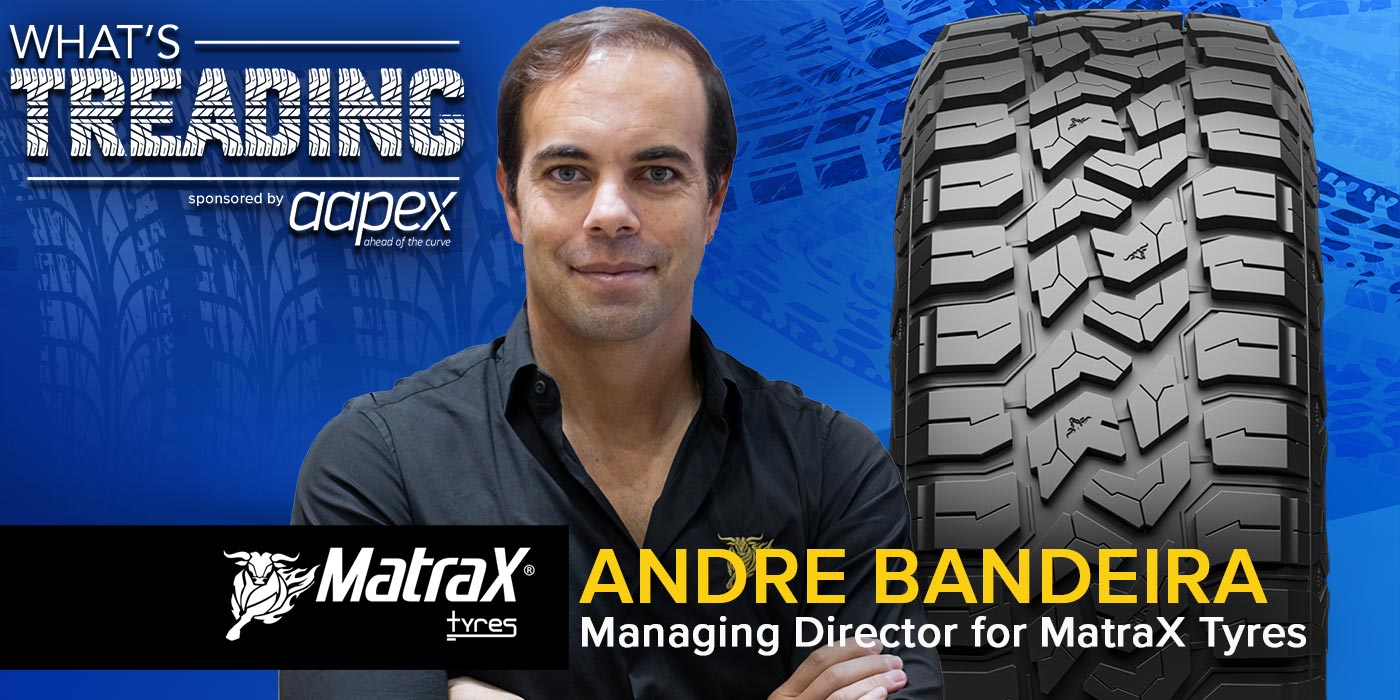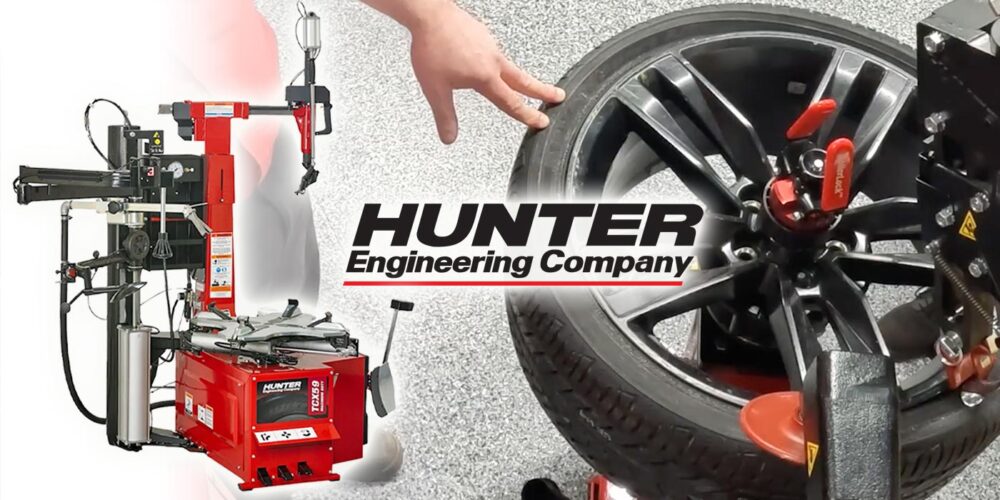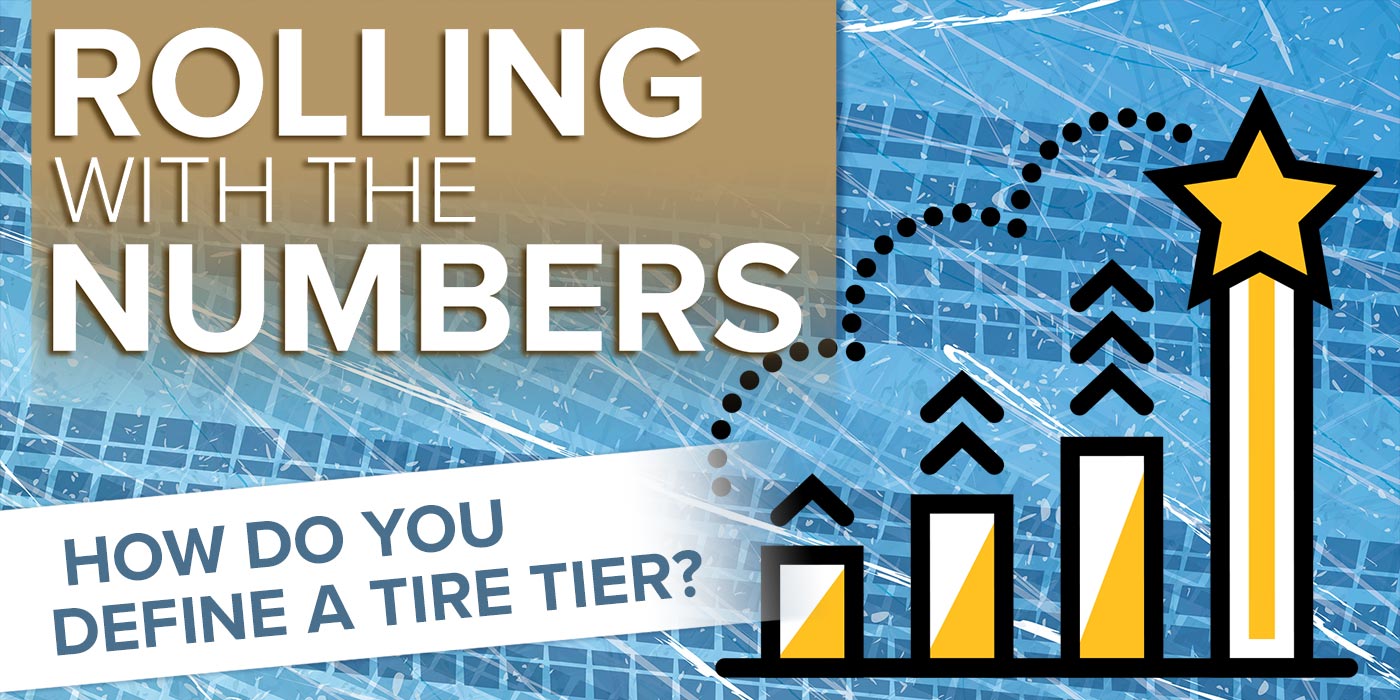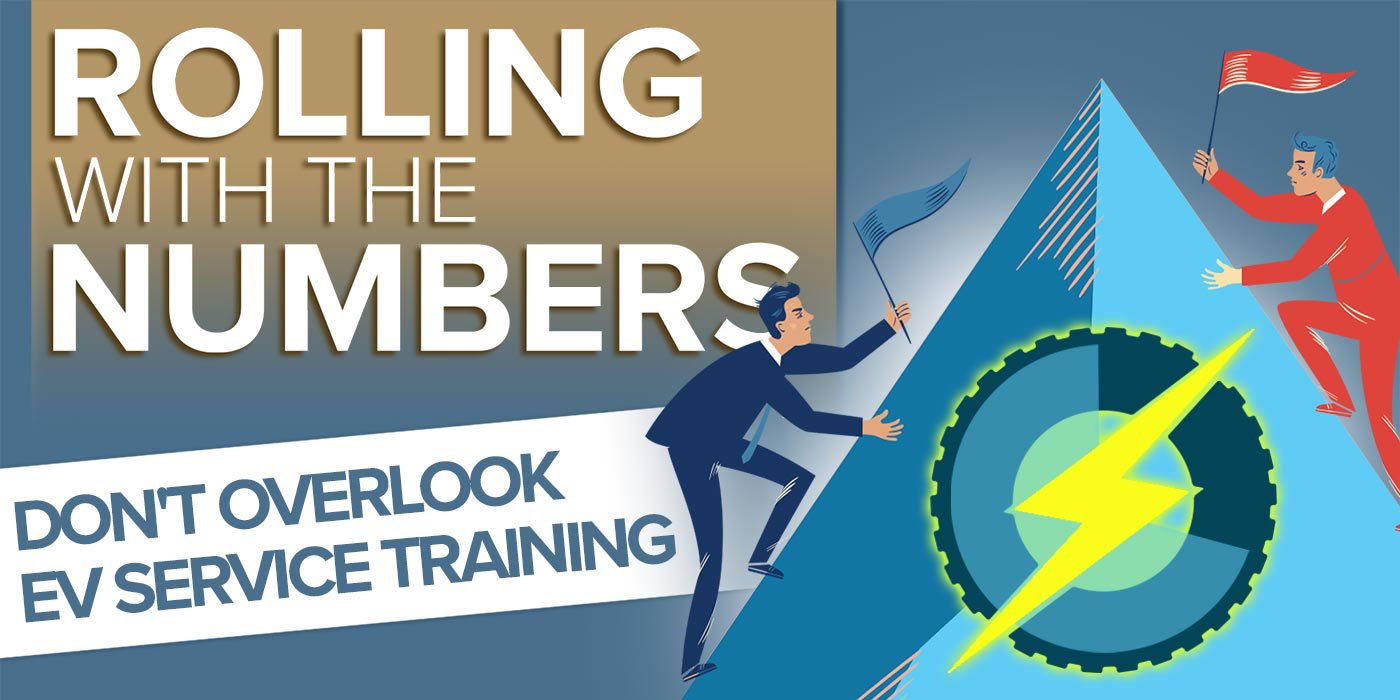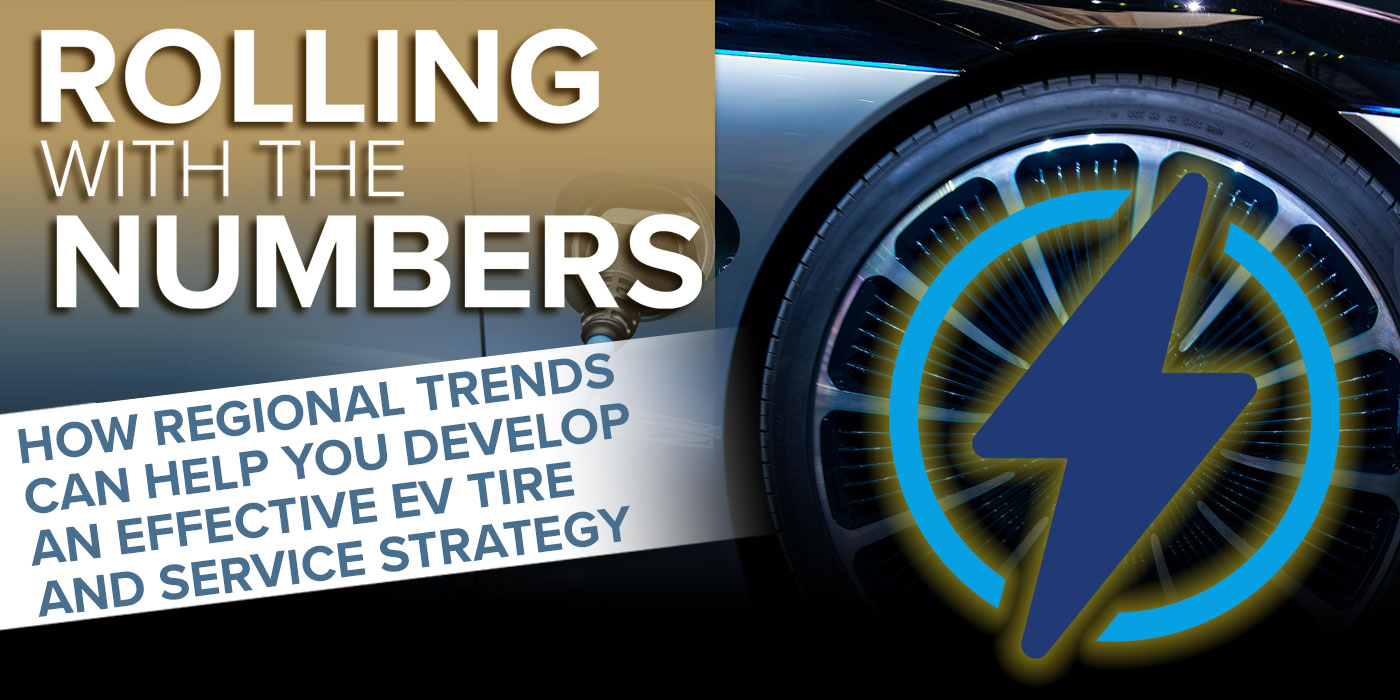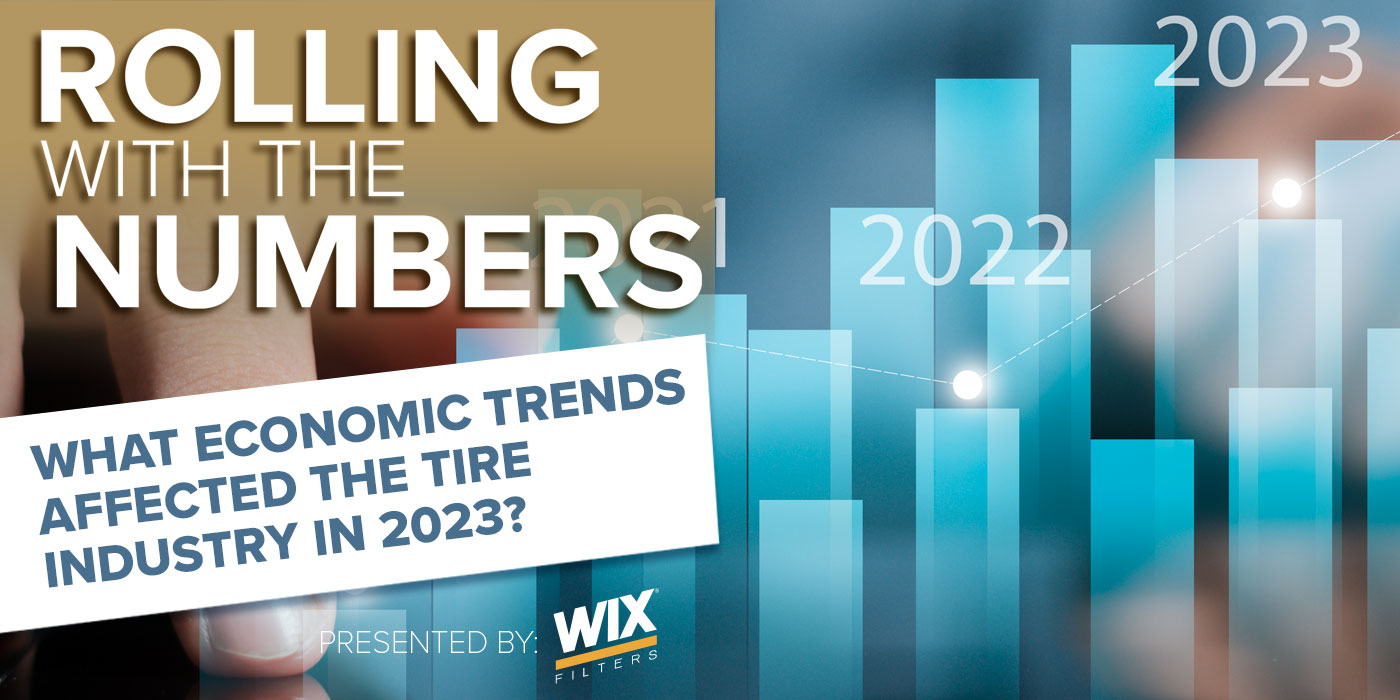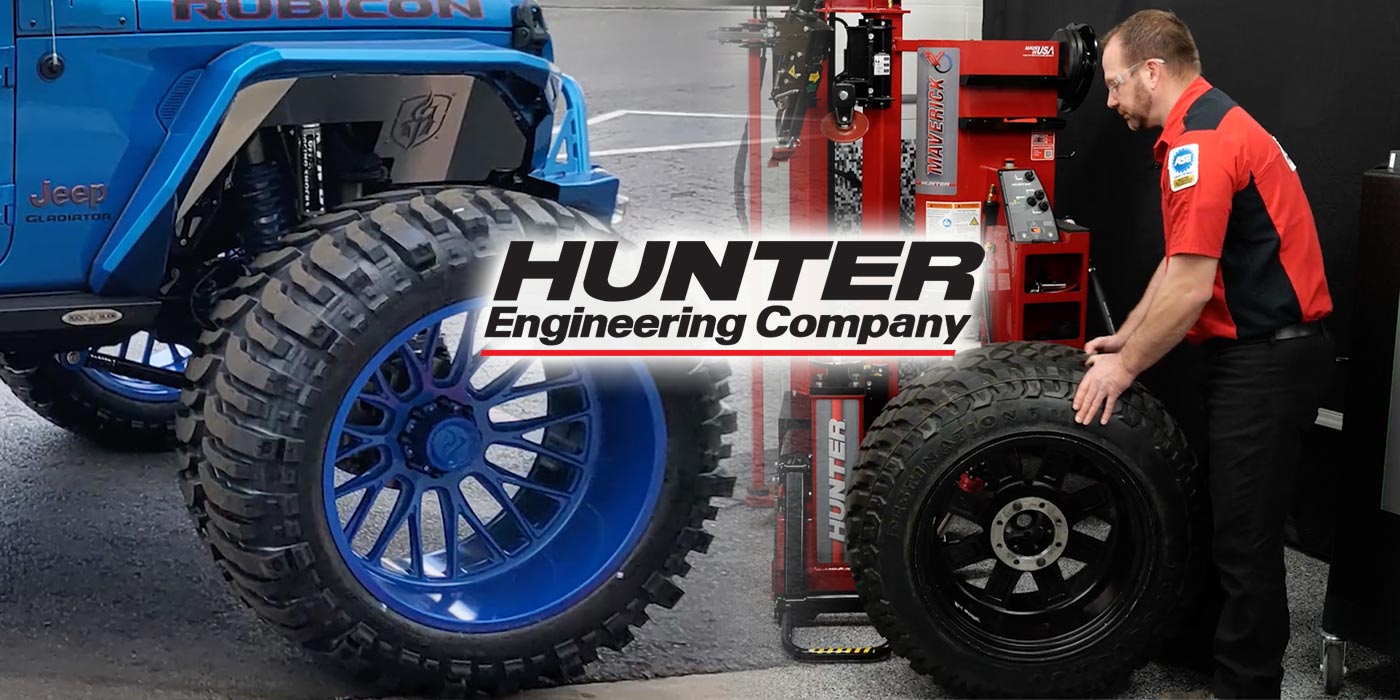This year has been one to catch our collective tire-dealing breath after two years of weirdness that has led to long stretches of fewer Vehicle Miles Traveled. This past year seemed to bring us back to a bit of much-welcomed normalcy, replacing Instagram videos of bread making with Celine Dion lip-syncing TikTok challenges.
But more importantly, simultaneous to this reprieve it has been more of a whirling dervish of tire-related activity, an opportunity to really make a sprint for sales. With VMT now returning to normal expected levels, people are on the move again, buying tires and making vehicle repairs like it’s going out of style while they hold on to their beaters for just one more year and wait for used vehicle prices to return to Earth.
But commuters aren’t the only ones back on the roads with a rubber-burning desire for tires. The commercial sector, too, is making its way across the country 24/7 – in fact, these vehicles never left, even throughout the worst of the pandemic – and data tells us that 2023 can be expected to be a great year to be selling commercial tires.
Now, yes, we’re all expecting an economic recession on the horizon, but that doesn’t seem to be affecting OEMs and their plans to rebuild their inventories to offset the consumer impact of 2020. Because of this, the replacement commercial tire market shows signs of having a great year in 2023. As truck order backfills are addressed, fleets will arm themselves with trucks featuring the latest and greatest technology. When it comes to tires, this means TPMS systems becoming more widely available and more fuel-efficient designs helping to cut fuel costs.
Commercial fleets care an awful lot about saving at the fuel pump and maximizing uptime. Tires are a fantastic way to accomplish both of these. A recent report by researchers at MarketsandMarkets shows us that over $25 billion in fleet management service sales in 2022 – which tires are a part of – will see a meteoric rise to $52 billion by 2027.
Fleet owners are focusing on improving employee safety, maximizing operational and economic performance and reducing CO2 emissions as well as improving the performance of these aging vehicles with a new set of tires can help uptime on a day-to-day basis and increase operational lifespan.
What about EVs? We looked at consumer EVs last month, but what do commercial EVs mean for tires?
There are many fleets out there that are at the very least interested in hearing what electrification can do for them, especially in last-mile delivery applications, and most particularly with light- and medium-duty vehicles. What does this mean for you? As has been proven time and again, the instantaneous torque of electric motors, combined with the extra weight of the batteries on these vehicles, will wear tires faster than they do on traditional internal combustion engine vehicles.
And here’s one more data point to consider: According to a recent study by The Boston Consulting Group, it is predicted that by the year 2030, just under 50% of all vehicles sold in the United States will be electric or hybrid vehicles. If you’re on the fence as to whether you want to begin to cater to these vehicles, keep this in mind, and at the very least, you might find it advantageous to begin stocking EV tires for these fleets that need to prioritize safety, rolling resistance and performance on their EVs.



